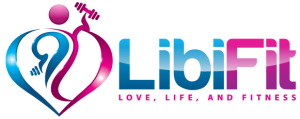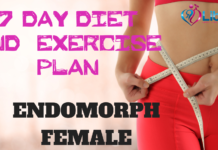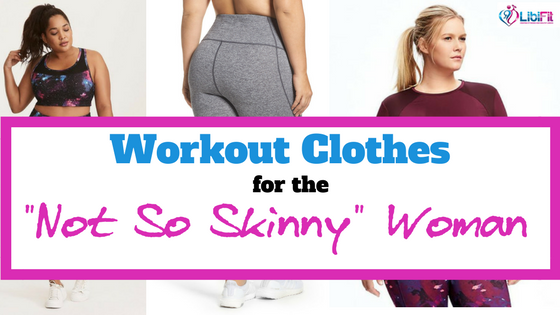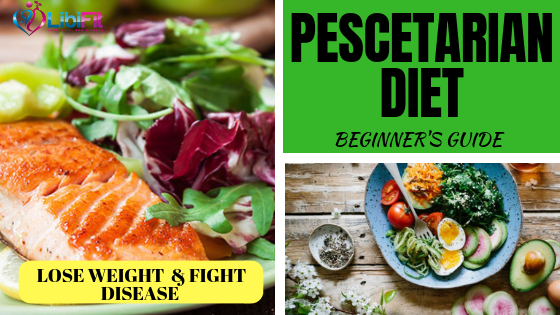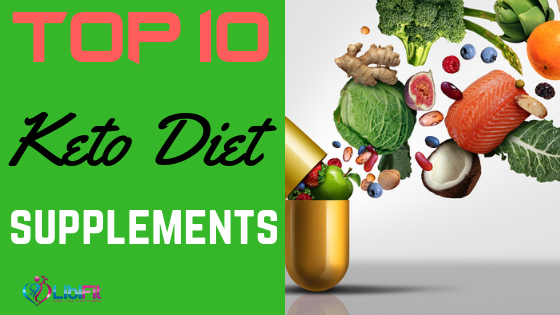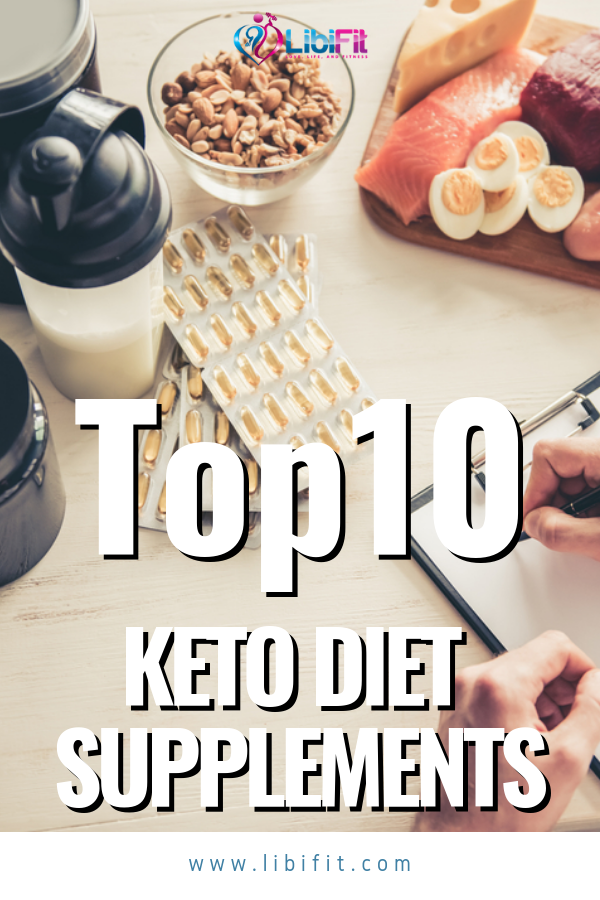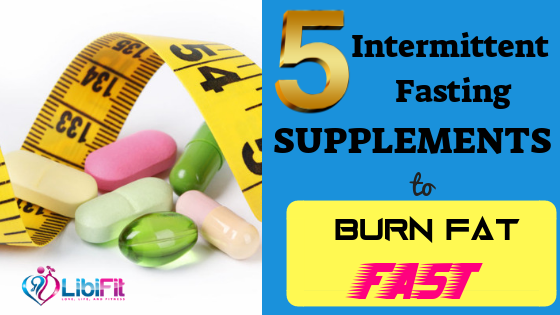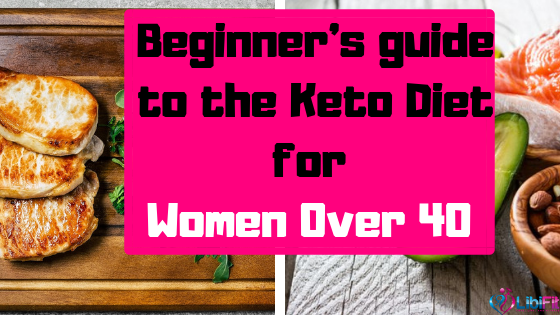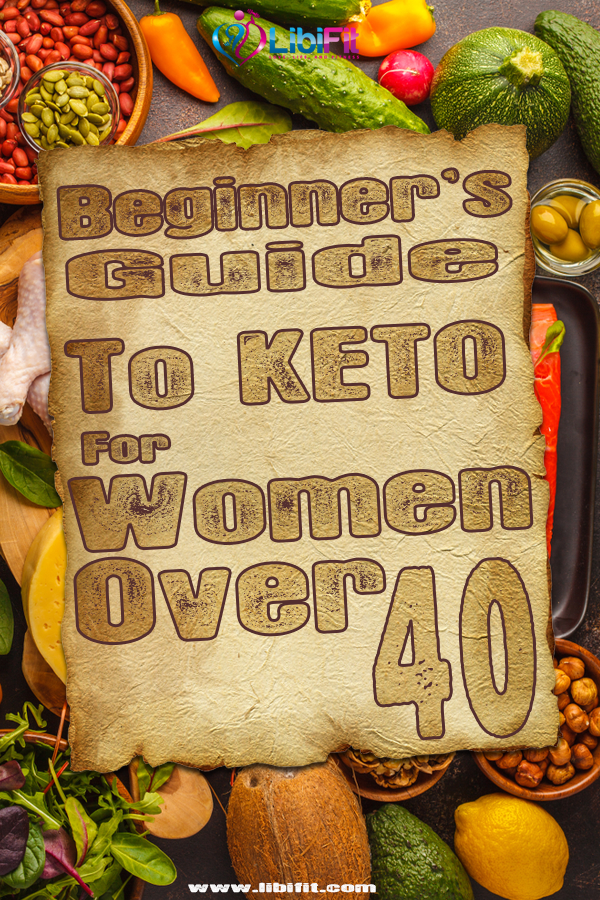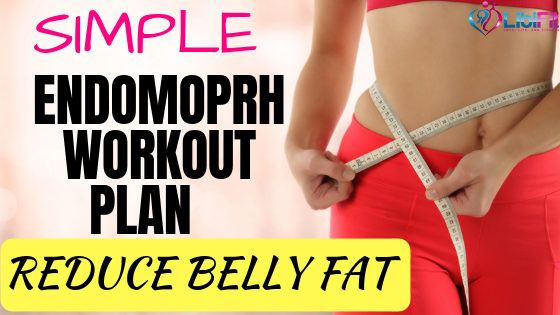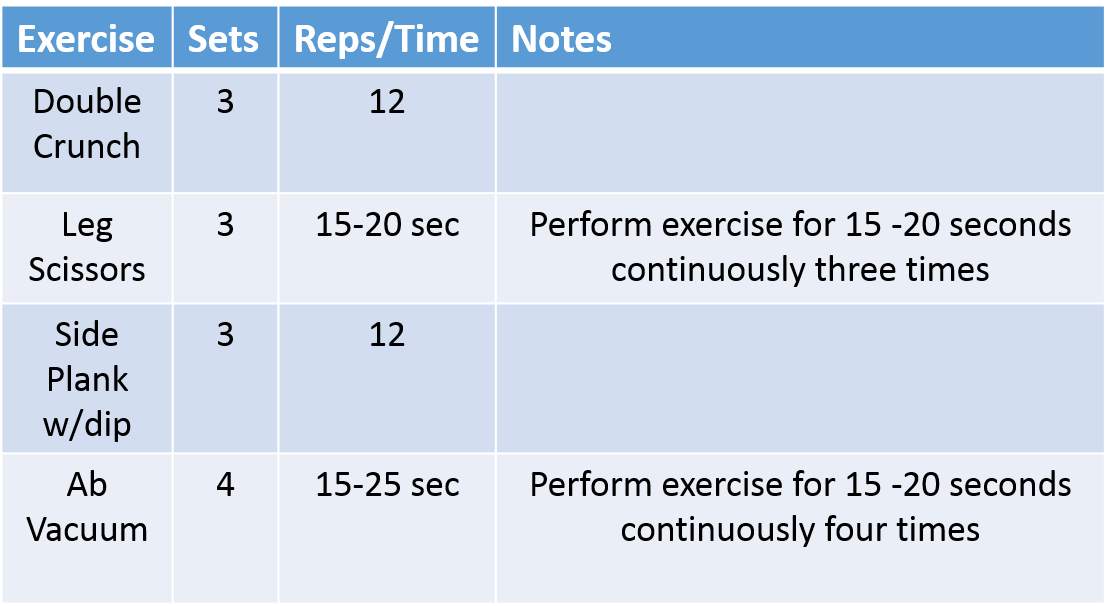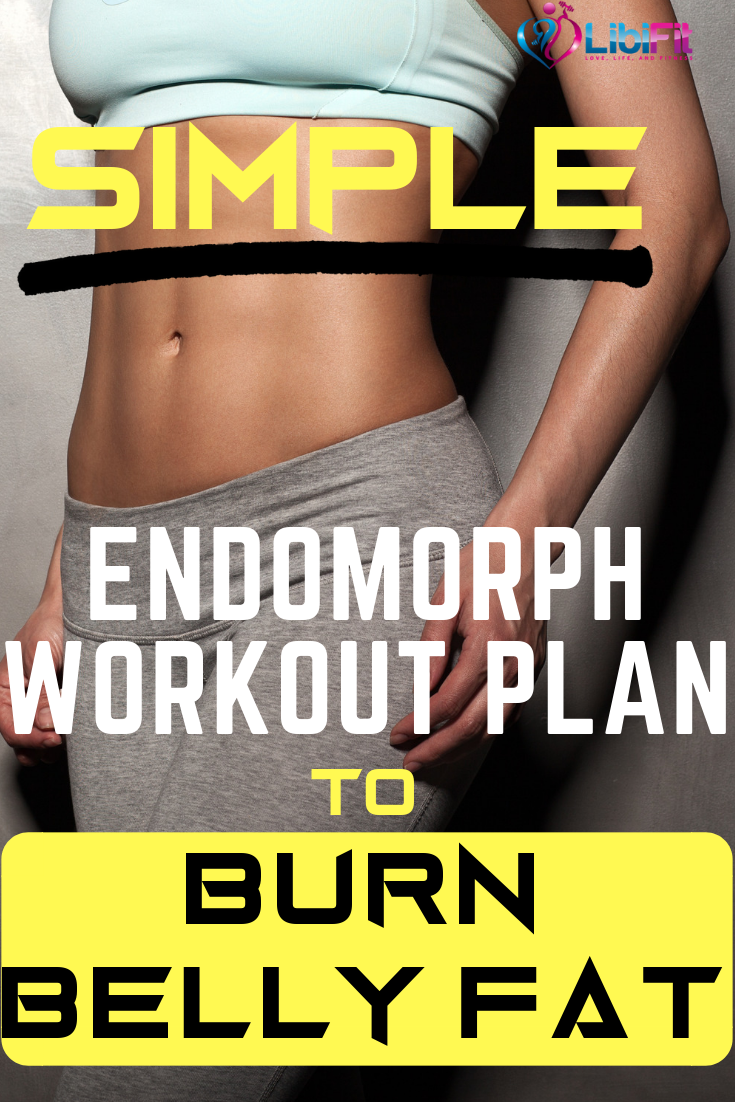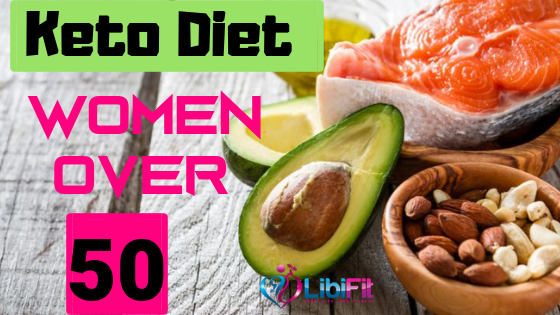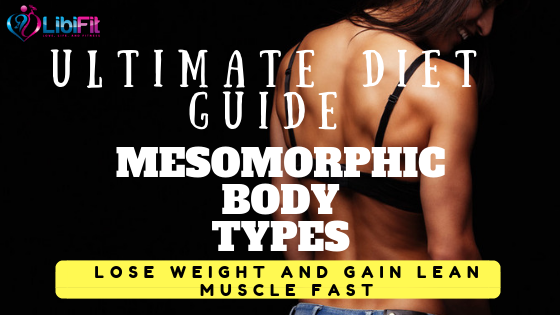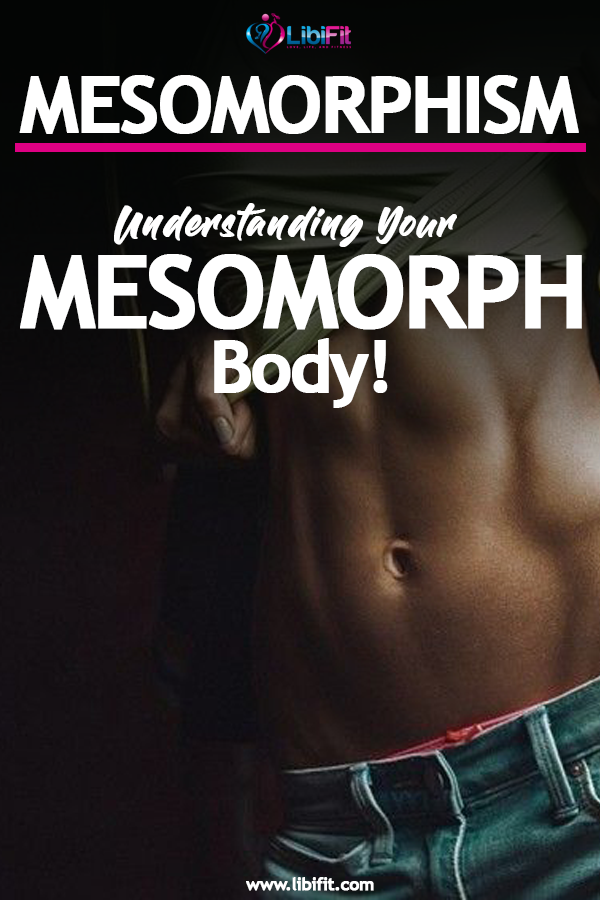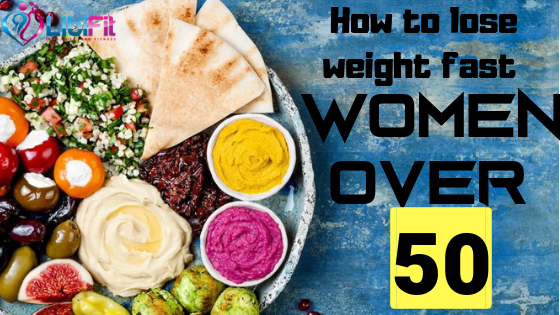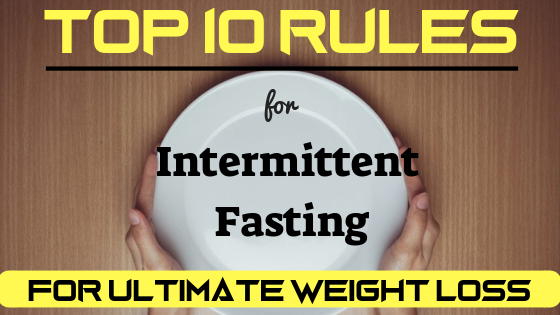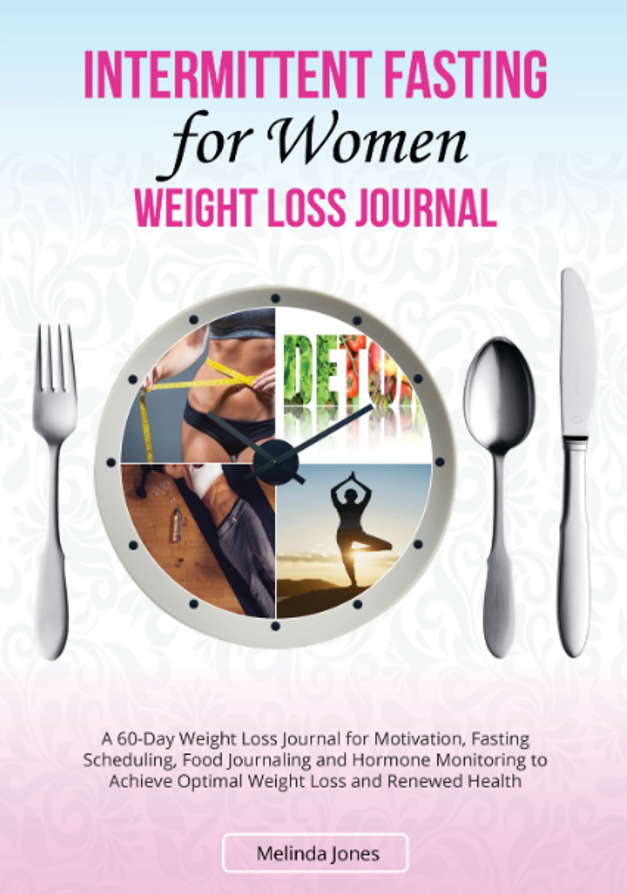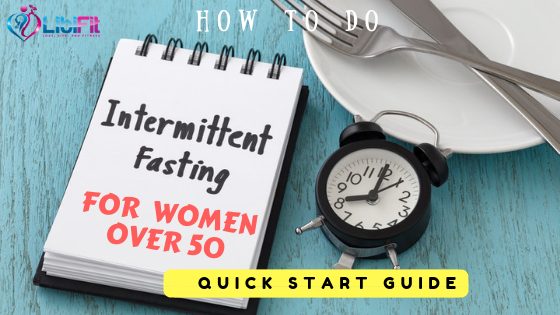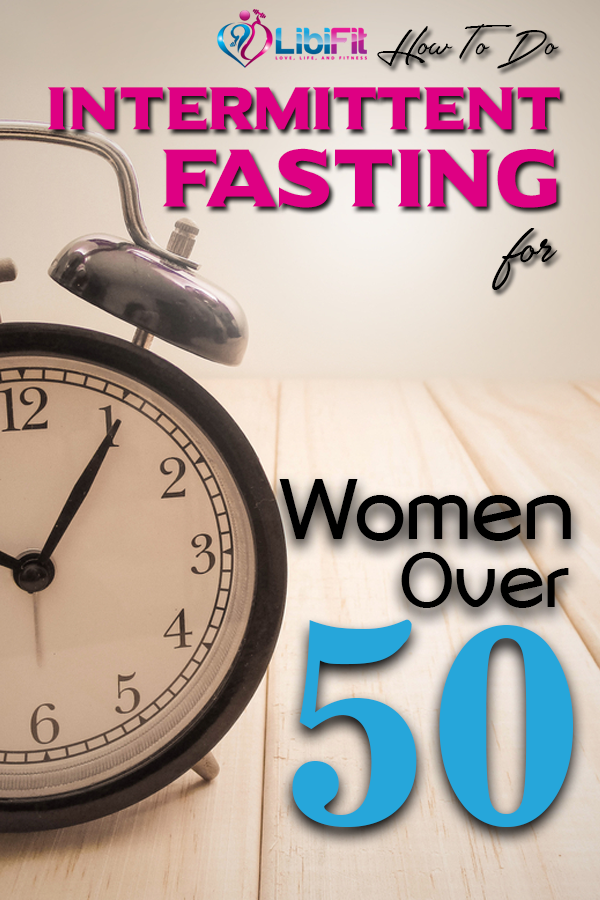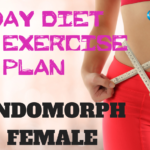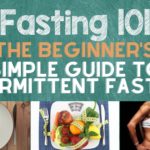If you are looking for a diet heavy in fruits and veggies with sufficient protein, without saturated fat filled red meat, then the pesectarian diet is for you. The pesectarian diet combines a traditional vegetarian diet with eating other fish and various types of seafood. Practicing a pesectarian diet gives you double benefits by aiding in weight loss and helping to lower the risk of several diseases.
Wondering exactly what the pesectarian diet is and its health benefits? This article explains everything.
What does Pescetarian Mean?
Simply speaking, a pescetarian refers to some who consumes fish but does not eat meat. This term emerged in the early years of the 1990s and originates from an Italian word, “pesce” meaning fish, and “vegetarian.” It is sometimes spelled as “pescetarian” which also refers to the same dietary pattern.
The pescetarian diet is often known as the “pesco diet” and is usually considered as a part of vegetarianism. It is just like other plant-based diets and includes foods like nuts, whole grains, and legumes, but also gives the dieter an option to eat fish and other seafood. Eggs and dairy are also said to be a part of the normal pescetarian diet.
Why Should You Follow the Pescatarian Diet?
Just as following a vegetarian diet, the pescetarian diet offers many benefits. Following are some other benefits commonly attributed to pescetarian eating.
-
A Better Heart Health
Eating fish, especially those with high-fat content, provides your body with an increased amount of omega-3 fatty acids. An omega-3 fatty acid refers to a type of unsaturated fats attributed to a lot of health benefits such as keeping the heart healthy heart, decreasing the risk of blood pressure, and better control on problems like heart attacks, stroke, and hypertension.
According to several studies, people consuming a high quantity of vegetables have a reduced risk of encountering coronary heart disease as compared to those who don’t. At the same time, these vegetables also improve the blood lipid profile and keep blood pressure in check.
The same research has established that vegetarian diets including all healthy veggies can even help reverse atherosclerotic plaques when performed with adequate exercise. Atherosclerotic plaques are accumulations of cholesterol in the arteries that make them hard and narrow and restrict their blood flow.
-
Cancer Prevention
The pescetarian diet can also help protect individuals from certain types of cancer such as colorectal carcinomas that target the rectum and the colon.
As per a study, colorectal carcinomas have been found to be the second leading cause of death in the United States alone. This means that following the pescetarian diet can actually help you reduce the risk of developing one of the deadliest diseases within the U.S.
-
Management of Inflammation and Diabetes
Because the pescetarian diet is a vegan diet, it can help decrease the risk of metabolic syndrome including high blood pressure, obesity, and insulin resistance. Following this diet adequately has even been linked to a reduced risk of diabetes type 2.
The omega-3 fatty acids present in the fatty fish also reduce inflammation and protect your body from several types of diseases.
Most of the plant-based diets, including the pescetarian diet, provide the body with flavonoids. Flavonoids are natural substances found in plants possessing antioxidant, anti-diabetic, and anti-inflammatory properties and can help keep your health in check.
A study carried out in 2016 investigated the dietary habits of over 77,000 individuals of the U.S. to conclude that those who followed the pescetarian diet had the highest intake of flavonoids than the others.
-
Provision of Other Nutrients
Besides omega-3s, eating seafood provides with certain other important nutrients as well.
For example, oysters are a rich source of vitamin B12, selenium and zinc. One oyster is said to deliver about 55% of the RDI for selenium and zinc and 133% in case of vitamin B12. Mussels are commonly included as a part of pescetarian diet and provide the body with manganese in addition to vitamin B12 and selenium.
Whitefish varieties such as flounder and cod may not deliver much omega-3s. However, they are a good source of lean protein. For instance, consuming 3 grams of cod provides your body with 19 grams of protein and even less than one gram of fat.
-
A Wide Food Selection
Many people complain about how vegetarian diets fail to provide them with enough options. There are also not many vegetarian options in restaurants making it difficult for many individuals to follow.
Apart from the high nutrition and the protective effects promised by the pescetarian diet, it is also said to add versatility to your menu. With fish added to your menu, you get more room to experiment and create different recipes every day. It is also more conducive to social life. Because there is an addition of fish and seafood, going out to dinner and finding good options is less of a pain.
-
Environmental Benefits
Another reason why people prefer following the pescetarian diet is its positive effects on the environment. Those in favor of this diet firmly believe that raising and processing of meat are dangerous for the environment as it takes up a lot of precious land space and increases dangerous gaseous emission.
The pescetarian diet can help people get rid of these dangerous meat choices and divert them to making sustainable fish choices. This would ultimately contribute to a healthier planet.
Are There Any Disadvantages of the Pesectarian Diet?
The only disadvantage associated with the pescetarian diet is attributed to the increasing levels of pollution in water.
The presence of pollutants and heavy metals in the marine fish has become a global issue. Because 92% of the fish you consume is marine fish, there has been an increase in the risk of contamination.
Mercury is one of the most commonly found heavy metals in water. Because of this reason, almost all the fish may contain high levels of it. For most people, this may not be a concern but for nursing mothers, pregnant females, and younger children, it may lead to several health problems.
In order to avoid consuming too much mercury, it is generally advised to avoid the following types of fish:
- King mackerel
- Shark
- Tilefish
- Swordfish
The following types of fish can be considered as a good protein source with low levels of mercury include:
- Salmon
- Catfish
- Shrimp
- Canned tuna
- Pollock
What to Eat on a Pescetarian Diet?
The pescetarian diet is simply a combination of a traditional vegetarian diet and seafood. The following things are generally allowed on this diet.
- Whole grains
- Nuts, seeds, peanuts, and nut butter
- Dairy foods such as milk, cheese, and yogurt
- Legumes such as lentils and beans, hummus, and tofu.
- Seeds such as chia, flaxseeds, and hemp
- Eggs
- Shellfish and fish
- Fruits
- Vegetables
What Not to Eat on a Pescetarian Diet?
Other than fish and some other types of seafood, no other type of meat is allowed on the pescetarian diet. This includes the following options:
- Beef
- Pork
- Chicken
- Turkey
- Lamb
Tips to Follow a Pescetarian Diet
Not sure how to start a pescetarian diet? The following tips may make the whole process a lot easier for you.
- Use Healthy Cooking Methods
Remember that not all types of pescetarian diets are healthy. If you start using fried fish or processed fish foods, you may not be able to enjoy the health benefits offered by this diet. So whenever you decide to cook fish for yourself, try using methods like broiling or grilling and make sure to use healthy cooking oils.
- Buy Canned Seafood
While fresh seafood is best, it can be costly. Purchasing canned seafood is a great way to cut down the costs associated with pescetarian dieting. It is also a lot easier to prepare and can help you save time.
- Take Cooking Classes
Taking cooking classes helps you learn different ways to cook fish and seafood. These methods are delicious, affordable, and quick. Cooking classes also teach you how to get creative with sauces and spices so that you never get bored with your meals.
- Fill your Plate with Veggies and Fruits
Wherever possible, try filling your plates with maximum amounts of veggies and fruits. Consider dark leafy greens, bell peppers, eggplants, blueberries, green kiwi, corn, or any other vegetable or fruit of your choice.
Conclusion
A pescetarian diet is the perfect solution for people who wish to avoid meat but cannot survive on vegetables alone. It increases your protein intake, decreases the consumption of saturated fats, and reduces the risk of various health problems such as cardiovascular diseases.
Because it is a plant-based diet, the pescetarian diet is particularly helpful in losing and maintaining a healthy weight. It is generally considered to be healthier than other diets which focus on a calorie deficit to manage weight.
In short, the pescetarian diet is a healthy dietary approach which not only provides with you with numerous health benefits but also provides you with a broad range of food choices so that dieting will not get bored and mundane.
